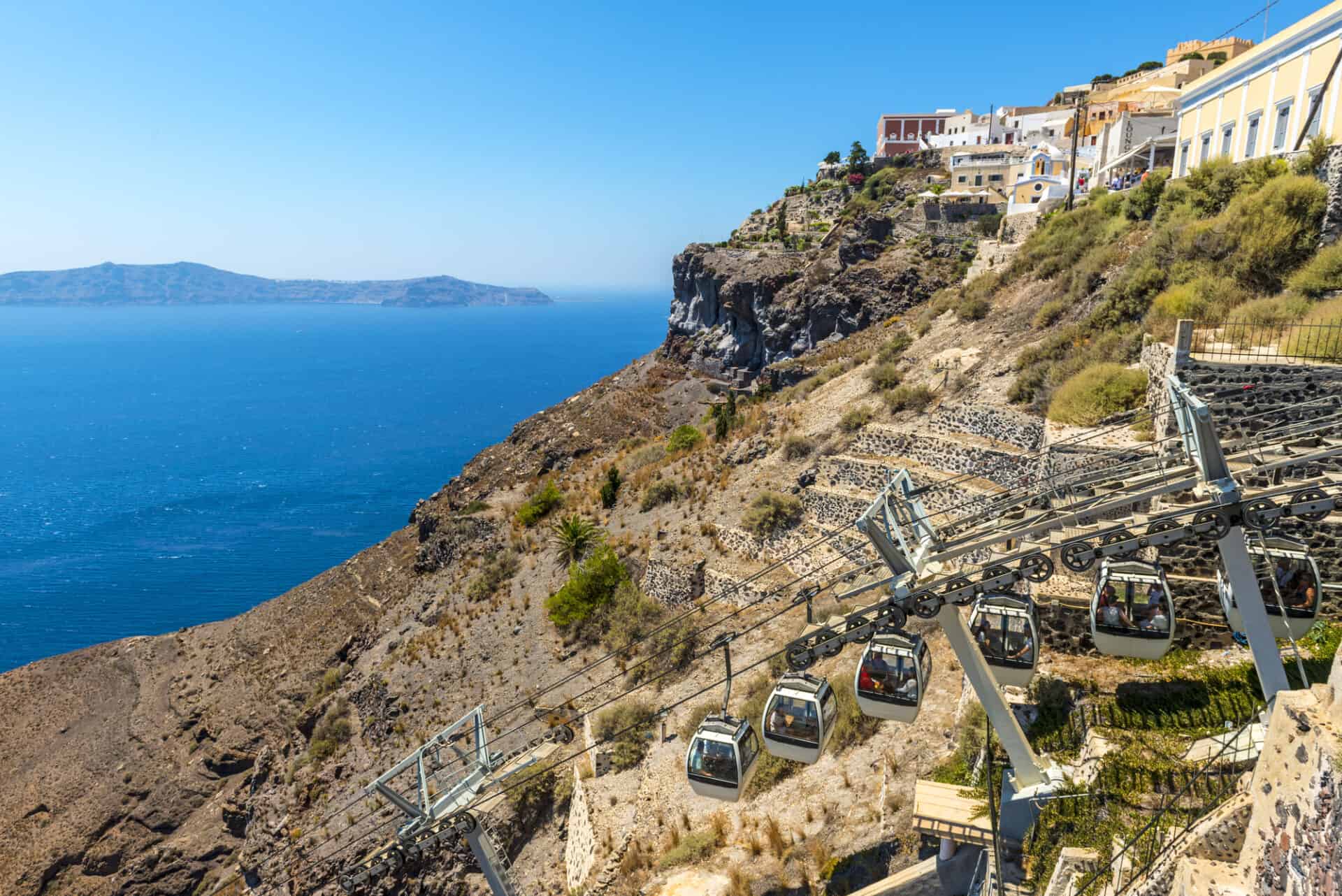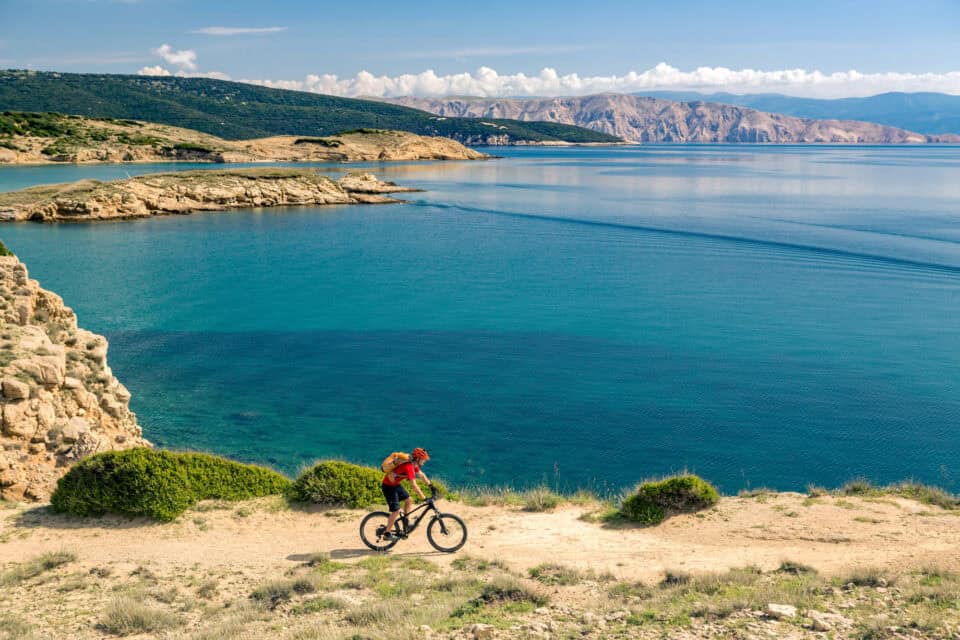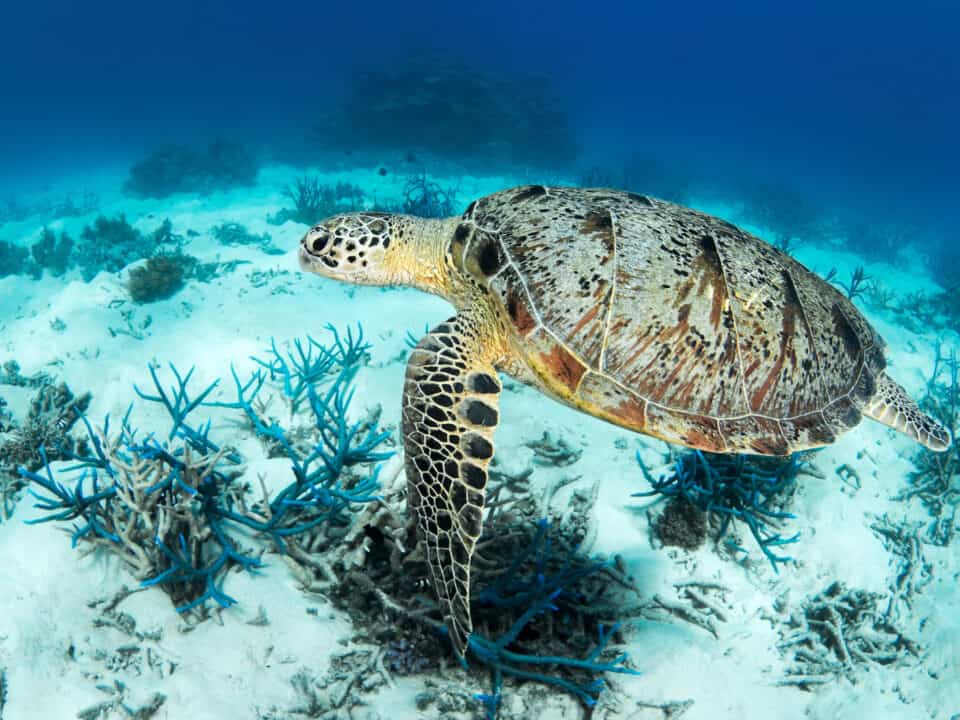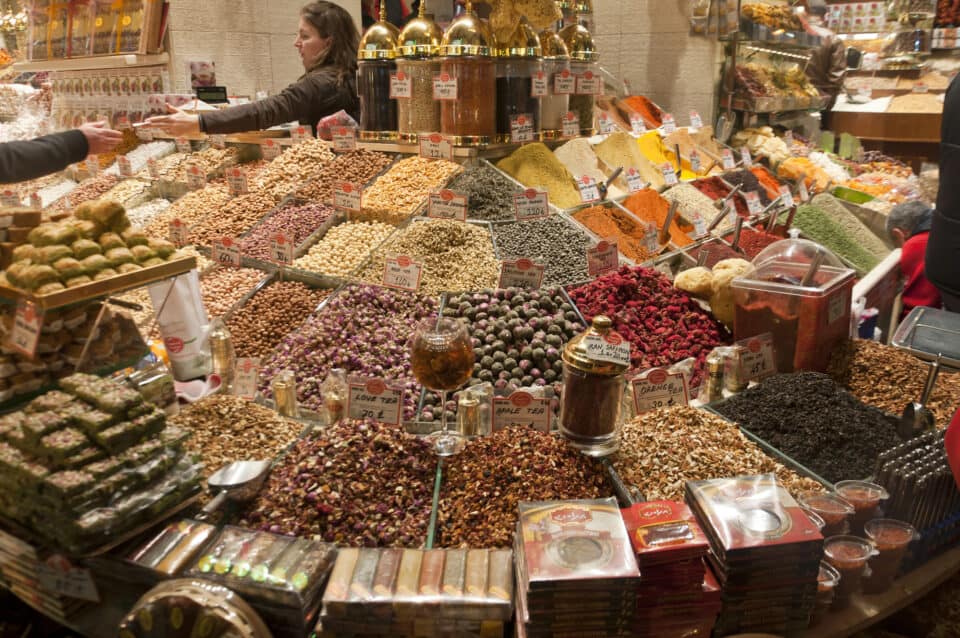Tourists riding donkeys on Santorini has also been a controversial topic in recent years. The traditional mode of transportation on the island used to be donkeys, and many tourists still opt for this experience. However, concerns have been raised about the animals’ welfare and the ethics of the practice.
Animal welfare activists have argued that the donkeys used for tourism on Santorini are often overworked, underfed, and subjected to harsh living conditions. The steep and winding paths the donkeys climb on the island can cause exhaustion, injuries, and even death in extreme cases. In addition, the weight of the tourists and their luggage can be too heavy for the donkeys to carry comfortably.
Many animal rights organizations have called for banning donkey rides on Santorini, or at the very least, for implementing regulations to protect the welfare of the animals. Some tour operators on the island have already taken steps to improve the treatment of the donkeys, such as reducing the weight limit for riders and providing more frequent breaks for the animals. Overall, the issue of tourists riding donkeys on Santorini raises essential questions about the ethical treatment of animals in tourism. Therefore, it is crucial to consider the animals’ welfare and seek out alternative modes of transportation that are more sustainable and humane. Walk up the 500 steps yourself to the old town of Firá or take the cable car.
Avoid attractions with abused animals
At many tourist attractions, animals are abused and mistreated to make money. Compassionate people should avoid all such attractions, including elephant, donkey and camel rides, animal shows, and photo ops with wild animals.

Some of the highlights on Santorini:
- Oia: Famous for its sunsets, Oia is a picturesque village with charming whitewashed buildings and blue-domed churches. Stroll through its narrow streets, enjoy panoramic views of the caldera, and explore the many art galleries.
- Fira: The capital of Santorini, Fira offers a lively atmosphere with a mix of traditional architecture and modern amenities. Take a walk along the scenic caldera rim, visit the Archaeological Museum of Thera, and explore the streets filled with cafes and bars.
- Akrotiri Archaeological Site: Discover the ancient Minoan city of Akrotiri, which was preserved under volcanic ash for centuries. Explore the well-preserved ruins, including impressive frescoes, houses, and streets, providing valuable insights into the island’s rich history.
- Red Beach and Perissa Beach: Enjoy Santorini’s beaches, such as the Red Beach with its dramatic red cliffs and volcanic sands, and Perissa Beach with its black sand.
- Wineries and Wine Tasting: Santorini is famous for its volcanic soil, which produces excellent wines. Visit local wineries, such as Santo Wines or Venetsanos Winery, to learn about the island’s winemaking process and indulge in wine tastings while enjoying panoramic views.
- Boat Tours: Explore the island from a different perspective by taking a boat tour around the caldera. Marvel at the striking cliffs, visit nearby islands like Nea Kameni (home to a volcanic crater), and swim in the therapeutic hot springs of Palea Kameni.
- Ancient Thera: Located on a mountain ridge, Ancient Thera offers captivating ruins dating back to the Hellenistic, Roman, and Byzantine periods. Hike or drive up to explore the ancient city’s remains, including temples and a theater, while enjoying panoramic views of the island.
- Santorini’s Local Cuisine: Don’t miss trying the famous Santorinian tomatoes, fava beans, and the island’s unique version of the Greek salad.
This Greek island in the Aegean Sea, offers a plethora of beautiful sights and activities. Exploring Santorini’s unique landscape, enjoying its delightful cuisine, and immersing yourself in its rich history and culture will make for a memorable visit.
This article is part of the series by Conscious Travel Guide, your resource for mindful globetrotting.


